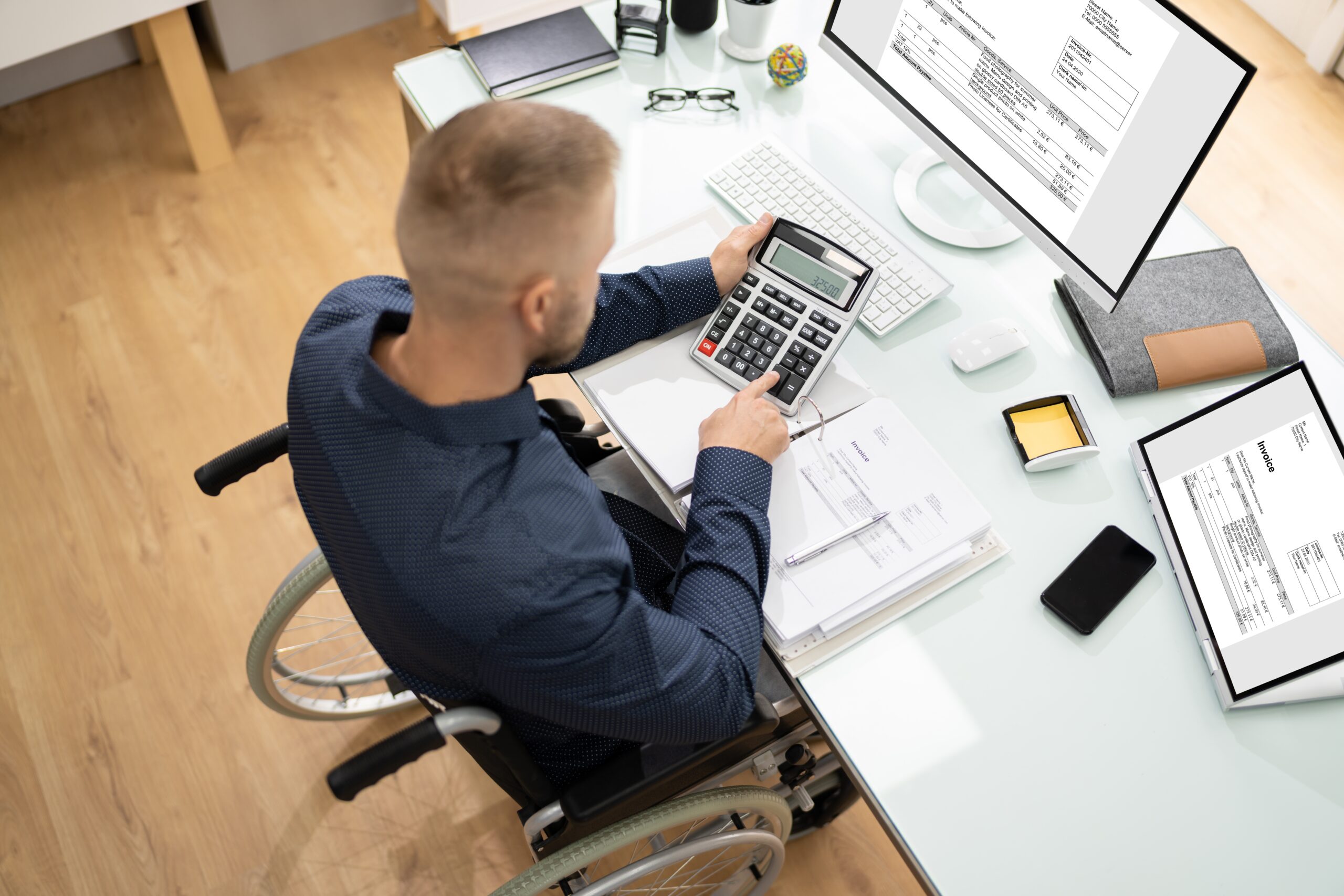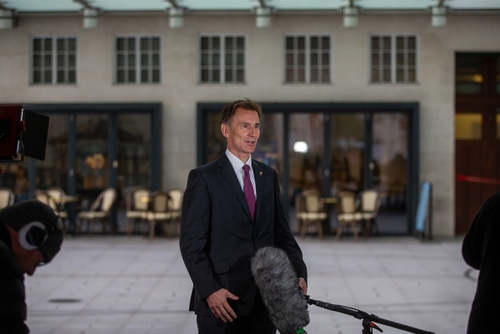Self Assessment tax returns 2021

We know that the dreaded deadline to submit your Self Assessment tax return can strike fear into the hearts of small businesses and freelancers around the country. Fear not, we’re here to help! Grab a cuppa and take a look at our handy guide on everything you need to know about Self Assessment tax returns in 2021.
So, what is a Self Assessment tax return?
A Self Assessment tax return is the system used by HMRC to collect income tax from those of us that are self-employed. HMRC will use this information to calculate your tax bill and any potential tax allowances and reliefs. You can read more about
Does it apply to me?
If your income comes from your wages or pension under the Pay As You Earn (PAYE) system, you would’ve already been taxed and so you’re free to go! Unless you really want to read on – because who wouldn’t want to read about tax?!
If you’re still here, raise your hand if during the last tax year you were…
- Self-employed
- The owner of a limited company
- A landlord who received rent in exchange for letting out your property
- Gaining income from savings, investments and dividends or recieved foreign income
If your hand is in the air, keep reading – you will need to notify HMRC of this income so that they can calculate the tax you owe!
Still not sure if it applies to you? Check out HMRC’s handy Self-Assessment tool to discover whether you’re required to submit a Self Assessment tax return
How do I register and send a return?
Stage 1: The first stage of the process is registering
If you’re self-employed or a sole trader then you need to register for: Self Assessment and Class 2 National Insurance (5th of October is the deadline to avoid a fine if your business is in its’ second tax year)
If you’ve sent a return online previously, you simply need to re-register online using form CWF1 and make sure you have your ten-digit Unique Taxpayer Reference (UTR) to hand!
If you haven’t sent a return online before, then you need to register online. HMRC will send your 10-digit Unique Taxpayer Reference (UTR) and an activation code for your online account and you’re ready to go! Head over to our blog to find out more about your Unique Taxpayer Reference.
Alternative ways to register – Another option is to fill in the form on your laptop, print it off and post it to HMRC – make sure you have everything to hand as unfortunately you can’t save as you go along.
Stage 2: Sending your return
Once you’re registered and ready to go, the next stage is sending your tax return online or through commercial software or paper forms. After this, make sure you PAY your bill by the deadline. If you’re worried about submitting this information on time, talk to Mazuma to find out how we can take that burden off your shoulders.
Top tip: make sure you keep records such as bank statements and receipts – this will help to make the process easier and ensure that you fill in your tax return correctly
What information do I need to fill in a Self Assessment tax return?
It may look overwhelming when starting the form, but it is like anything, the worst part is getting started! You can definitely make life easier for yourself by making sure you have all the relevant information to hand. This includes…
- Unique Taxpayer Reference (UTR)
- NI number
- Untaxed income from the tax year (from self-employment, dividends and interest on shares)
- Expenses related to self-employment
- Charity or pension contributions (they might qualify for tax relief – bonus!)
- P60 (or other records) to show the income you’ve earned and have already paid tax on
- Capital gains
- P11D form
- Payment on account – forward payments that have already been made towards your tax bill
HMRC helpsheets are really useful, so if you’re feeling confused have a flick through. Or, to make the whole thing easier for yourself, you could outsource the entire process to a reliable and hassle-free online accountant like Mazuma!
What are the deadlines?
The tax years run from 6th April to the following 5th April with the Self-Assessment registration deadline on the 5th October. Online payment and tax owed payment is due the following 31st January. We know – it’s a lot to remember!
What happens if I don’t pay? The dreaded penalties…
If you fail to send and submit your tax return or pay your bill before the deadline, you’ll get a penalty. The later you leave it, the higher the penalty and interest!
If you have an ample excuse, you can appeal your penalty – but it has to be legit. Your dog breaking your laptop, for example, probably won’t cut it!
Also, it’s worth noting that all partners can be penalised if a partnership tax return is late, so best to stay on top of it if you want to stay out of your partners’ bad books!
How do I pay?
There are a number of ways to pay your Self Assessment tax bill:
- online or telephone banking
- CHAPS
- debit or corporate credit card online
- bank or building society (you need a paying-in slip from HMRC to pay at a bank or building society)
- Bacs
And relax! Congratulations – give yourself a pat on the back – you’ve submitted your Self Assessment tax return for another year!






